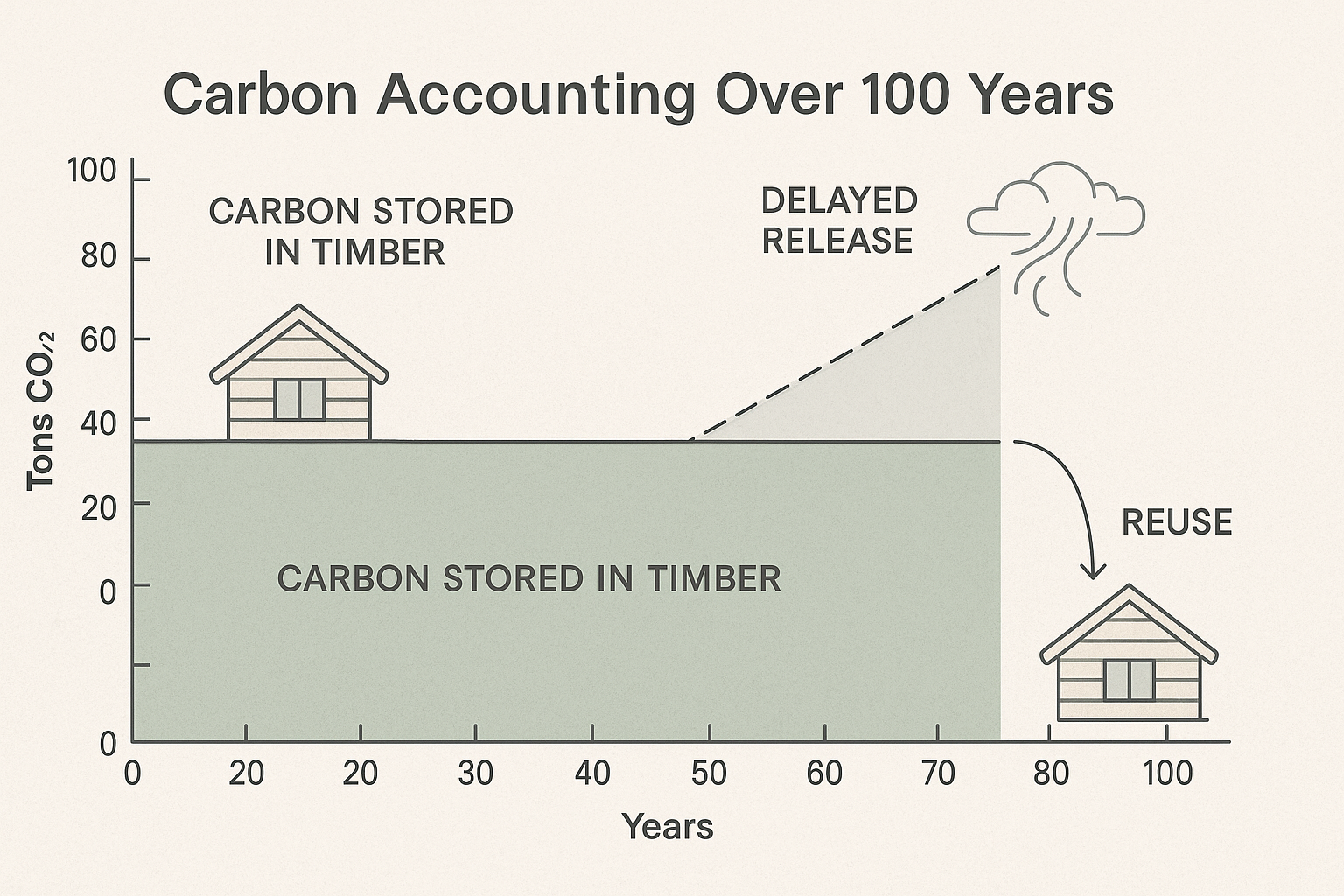Support CleanTechnica’s work through a Substack subscription or on Stripe.
Robotaxis are rolling around giving countless rides in a number of cities now. However, historically, they have been deployed in places where it doesn’t snow. Snow offers an extra element of difficulty and danger. Much of the world lives in places where it snows, though. No robotaxi for them? Actually, Waymo has been tackling the problem and is apparently prepared for the snow.
“Life doesn’t freeze when winter comes—if anything, that’s when riders need reliable transportation most, when being exposed to the elements becomes less appealing,” Waymo writes. “Today, the Waymo Driver successfully navigates rain, fog, sandstorms, and freezing temperatures. As we expand to more cities across the U.S. and globally, we’re applying the same systematic, scientific approach that enabled us to validate the Waymo Driver for these conditions to advance our capabilities for snowier, winter weather.”
The company breaks this down into 4 key steps: Understanding the Challenge, Designing Generalizable Solutions, Rigorously Validating Our Capabilities, and Scaling Responsibly.
Regarding #1, there’s not just one condition change to handle, to respond to. There are a variety of different conditions on the roadway caused by snow. Waymo has been preparing to handle them all. “Snow isn’t a single phenomenon—it’s a spectrum of conditions that can affect a human or autonomous driver in multiple ways. Atmospheric conditions can range from a light dusting to a complete whiteout, while road surfaces may be snow-covered or have icy patches, and environmental factors like snow buildup along roadsides add further complexity. For years, we’ve been advancing our system in some of the snowiest conditions across the country—regularly driving in Upstate New York, Michigan’s Upper Peninsula, and the Sierra. We’ve amassed tens of thousands of miles in diverse, snowy conditions. This has allowed the Waymo Driver’s AI to learn from real driving experience and train to navigate a wide range of winter weather.”

Regarding #2, Designing Generalizable Solutions, the company highlights that it has to perform in essentially the same way for customers no matter the conditions, and that means it needs to be able to notice the different conditions and adapt accordingly! This is where we’re truly getting into “smart” territory. Here’s how Waymo explains it.
“At Waymo, we’re building one autonomous system that works across diverse conditions—the same Waymo Driver navigating foggy San Francisco can navigate snowy Denver. Our 6th-generation Driver is informed by over 100 million fully autonomous miles of driving experience, combining state-of-the-art hardware and AI to adapt to and sustain fully autonomous operations in cities with harsher weather.
“The Waymo Driver uses cameras, radar, and lidar to perceive the world around it, with each sensor providing a complementary field of view that’s especially helpful in inclement weather. Its automated cleaning system –using clever engineering and heating elements – keeps the sensors clear so the vehicle can continue serving riders without needing to pull over.
“Our system provides context not only about where it’s operating, but also about the conditions it’s operating under. We’re creating state-of-the-art AI, building on top of our existing models with richer inputs and advanced capabilities designed to navigate winter conditions. For example, our AI can distinguish between where there’s snow, slush, ice, and normal road surface. The Waymo Driver then uses this information to adjust its driving behavior to match the road conditions in real-time, allowing the Waymo Driver to navigate based on what it sees (and feels), also inferring insights from other road users—adapting to blocked roads, detours, and changing surface conditions. When the system detects lower traction, it automatically adjusts its speed, acceleration, and braking. Each vehicle essentially acts as a mobile weather station, gathering data to inform its own driving decisions and share with the rest of the fleet in the city. These responses are consistent and thoroughly tested, providing predictable and safe navigation in challenging conditions.”
Wicked, no?

Beyond that, Waymo goes on to briefly discuss how it rigorously validates the vehicles’ capabilities and how it scales responsibly. Read all about it here.
Sign up for CleanTechnica’s Weekly Substack for Zach and Scott’s in-depth analyses and high level summaries, sign up for our daily newsletter, and follow us on Google News!
Have a tip for CleanTechnica? Want to advertise? Want to suggest a guest for our CleanTech Talk podcast? Contact us here.
Sign up for our daily newsletter for 15 new cleantech stories a day. Or sign up for our weekly one on top stories of the week if daily is too frequent.
CleanTechnica uses affiliate links. See our policy here.
CleanTechnica’s Comment Policy



